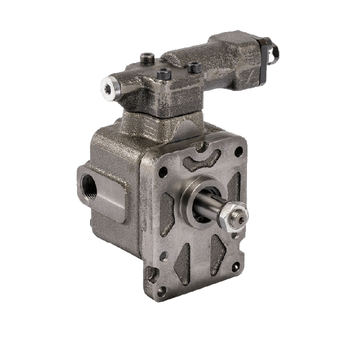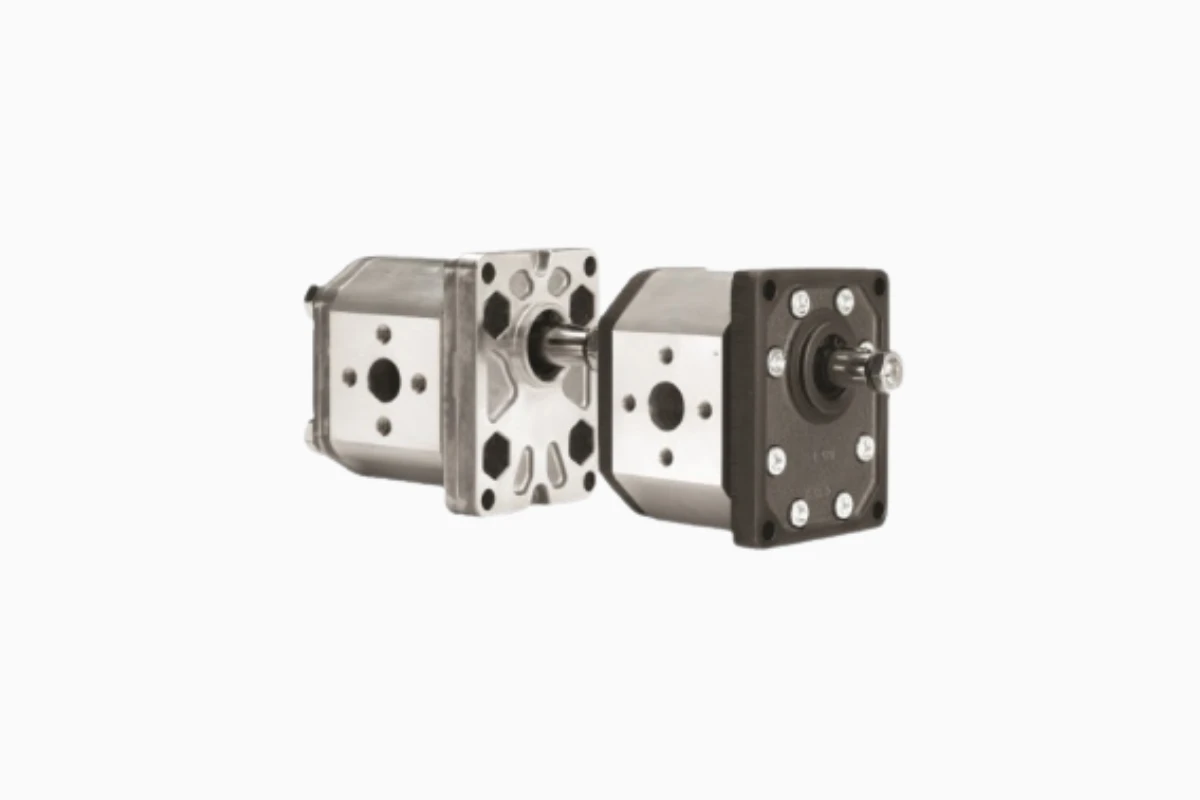To correctly answer the question how to choose the right hydraulic pump, it’s essential to understand how these devices work. Hydraulic pumps convert mechanical energy into hydraulic energy by generating fluid flow within a circuit. There are various types of pumps, including gear pumps, piston pumps, and vane pumps, each with specific features that make them suitable for different applications.
Gear pumps, for example, are appreciated for their simple design and reliability, making them ideal for applications that do not require high pressure. Piston pumps offer higher efficiency and are suitable for systems operating under very high pressures. Vane pumps, on the other hand, are often chosen for their quiet operation and steady flow rate.
Beyond the pump type, it’s important to consider the type of fluid used, the operating temperature, and compatibility with other components of the hydraulic system. Let’s now take a closer look at how to choose the right hydraulic pump.

Application Factors and Selection Criteria
Flow Rate, Pressure, and Efficiency
When evaluating a pump, the main parameters to consider are flow rate (liters per minute), maximum pressure (bar), and both volumetric and energy efficiency. An undersized pump will not deliver the required performance, while an oversized one may lead to energy waste and premature wear.
Flow rate refers to the amount of fluid the pump can move in a given time, while pressure indicates the force with which the fluid is pushed through the circuit. Volumetric efficiency reflects the pump’s ability to prevent internal leakage, maintaining a steady output flow compared to the input.
Operating Conditions and Environment
The operating environment also plays a key role in pump selection. In heavy-duty industrial settings, it’s advisable to choose robust pumps that can withstand mechanical and thermal stress and operate continuously without overheating. In mobile or agricultural applications, lighter and more compact solutions are often preferable.
It’s also important to assess ease of maintenance, availability of spare parts, and the reliability of the manufacturer or supplier.
To explore your options and identify the best solutions for each system, you can visit our dedicated section on pumps and motors, where a wide range of products is available to meet any requirement.
Integration into the Hydraulic System and Special Configurations
Compatibility and Modularity
A hydraulic pump is not a standalone component—it must integrate seamlessly with the rest of the system, including valves, filters, actuators, and control units. This is why it’s crucial during the design phase to define a complete and coherent configuration, avoiding component incompatibilities.
Some manufacturers offer modular or customizable versions that can adapt to limited spaces or specific functional needs, such as flow direction, noise reduction features, or the ability to reverse rotation direction.
Efficiency and Sustainability
Choosing a high-performance pump can greatly impact the overall efficiency of the system, helping reduce energy consumption and extend the lifespan of the entire installation. Increasingly, companies are opting for pumps designed with low environmental impact and compliance with the latest sustainability regulations.

